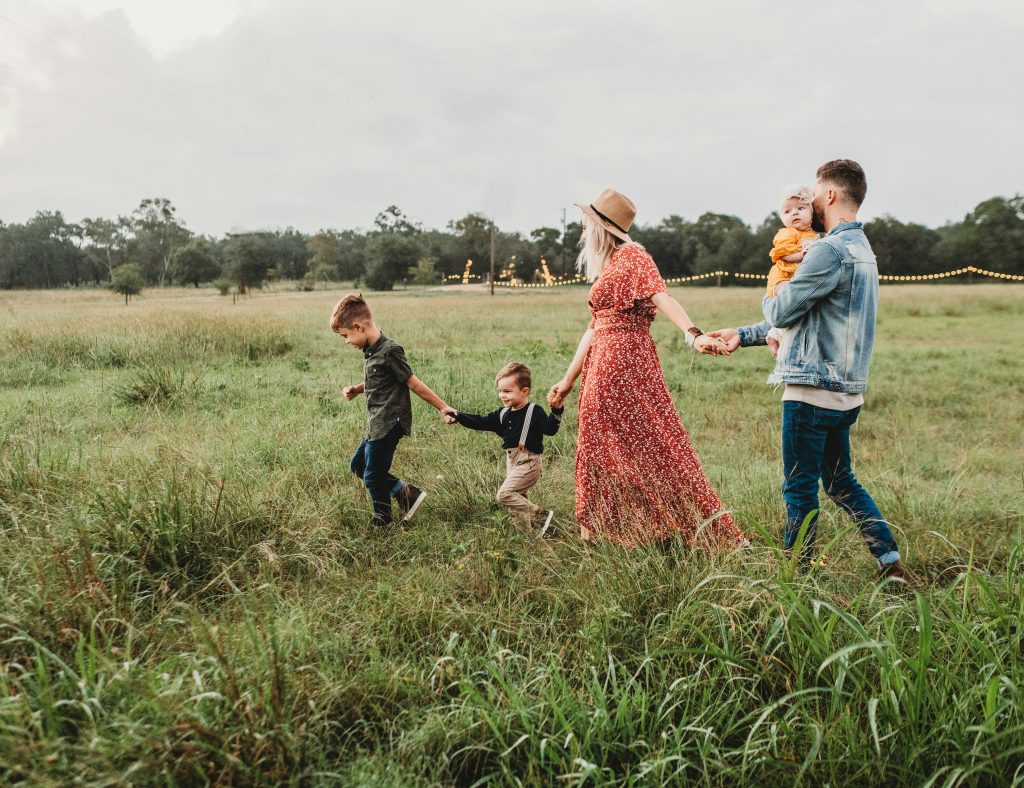Strengthening Family Cohesion: A Cornerstone of Child Protection
Strengthening Family Cohesion: A Cornerstone of Child Protection

In the fight for child protection, we often focus—rightly—on preventing abuse, neglect, and exploitation. But behind every resilient, well-adjusted child lies something just as vital: a cohesive, connected family.
Family cohesion—the emotional bonding among family members—is more than just “getting along.” It’s the foundation of a child’s emotional security. When children feel supported and connected at home, they’re less vulnerable to harm and more likely to flourish in school, in relationships, and later in life.
What Does Family Cohesion Really Mean?
Family cohesion has been defined as the emotional bonding that family members have toward one another (Olson, Russell & Sprenkle, 1982). At its healthiest, it looks like:
- Family members feeling close and supported
- A shared sense of belonging
- Balance between independence and togetherness
- Consistent communication and emotional safety
There are four general types of family cohesion:
- Disengaged – Weak emotional bonds; little involvement in each other’s lives
- Separated – Limited togetherness; often a result of divorce, conflict, or long absences
- Connected – Healthy emotional closeness with autonomy
- Enmeshed – Over-involvement; blurred boundaries and over-dependence
The goal isn’t simply to be “close”—it’s to be connected and healthy, where members respect each other’s individuality while providing emotional safety and care.
Why Family Cohesion Matters in Child Protection
Strong family cohesion helps prevent many of the risk factors that lead to child welfare interventions. In homes where communication is open, emotional support is consistent, and trust is high, children are less likely to suffer neglect, abuse, or mental health issues.
Cohesive families also tend to be more resilient—especially during times of crisis such as displacement, illness, or financial strain. For children who have already experienced trauma or harm, family cohesion plays a key role in recovery and healing, whether within biological, foster, or kinship care arrangements.
The Nairobi Context
In Nairobi, recent studies show just how impactful family cohesion can be:
- A 2023 study in Parklands Zone, Nairobi, found that students from families with strong problem-solving and emotional support were more likely to regulate their emotions and avoid behavioral issues.
- In Westlands, counselling programs aimed at children from separated or divorced families significantly improved their coping and school engagement.
- In informal settlements across Nairobi, the lack of cohesion—due to poverty, overcrowding, and household stress—was strongly linked to increased vulnerability to abuse and exploitation.
These findings underscore the need for community-driven support systems, with schools playing a central role.

Challenges Undermining Family Cohesion
Families face a wide array of challenges:
- Economic hardship that forces long work hours and separates families physically or emotionally
- Intergenerational trauma, displacement, or substance abuse
- Limited access to support services or stigma around mental health and parenting education
Additionally, parenting style, family structure, and life stressors (like job loss or illness) all influence how connected and resilient a family can be.
How Can Family Cohesion Be Strengthened?
Family cohesion isn’t something that “just happens”—it’s nurtured over time. Proven strategies include:
- Open Communication – Listening without judgment and resolving conflict constructively
- Shared Goals and Values – Setting traditions, rules, and expectations together
- Quality Time – Creating rituals like family meals, game nights, or exercise
- Extended Family Bonds – Maintaining ties with grandparents, cousins, and kin
- Emotional Expression – Laughing, storytelling, and recognizing each other’s contributions
The Five R’s for Family Cohesion (Jason Tharaldson, LMFT):
- Rules – Age-appropriate, clearly stated in positive terms
- Routines – Daily patterns create safety and structure
- Responsibilities – Giving children meaningful roles
- Recognition – Praise that affirms a child’s worth
- Recreation – Fun family rituals that build memories and connection
The Role of Schools in Building Family Cohesion
Schools are more than academic institutions—they are frontline protectors of child wellbeing.
How School Leaders Can Make a Difference:
| Role | What They Can Do |
| Heads of Schools | Fund family counseling, develop trauma-informed policies, prioritize student wellbeing |
| Designated Safeguarding Leads (DSLs) | Identify family stress through patterns in attendance or behavior, initiate early referrals |
| School Counsellors | Provide one-on-one support, involve parents, lead group sessions focused on communication and resilience |
| Teachers | Foster strong relationships with families, encourage open communication, flag concerns early |
In Parklands High School, for example, weekly family-student-counsellor meetings focusing on emotional literacy and conflict resolution resulted in a 20% drop in behavior infractions in just six months.

Building Stronger Families: Our Role as Advocates
As child protection advocates, we must go beyond rescue and response. We need to champion prevention—by investing in the systems that strengthen families from within.
Our Shared Responsibility Includes:
- Promoting Positive Parenting – Workshops and mentorship programs
- Supporting Mental Health – Normalizing therapy and accessible family counseling
- Strengthening Economic Supports – Ensuring families have what they need to thrive
- Advocating for Family-Friendly Policies – Childcare, paid leave, and flexible work
- Creating Safe Community Spaces – Especially through schools and faith centers
Final Takeaways
- Children from cohesive families show better mental health, stronger resilience, and healthier lifestyle choices.
- Cohesion must be balanced—neither too detached (disengaged) nor too controlling (enmeshed).
- Schools and communities are uniquely positioned to support family cohesion in meaningful, lasting ways.
A Call to Action
When we strengthen families, we protect children—not just from harm, but for life. Let’s make family cohesion a central pillar in our child protection work. Whether you’re a counsellor, a teacher, a safeguarding lead, or a head of school, your role matters deeply.
Together, let’s build a world where every child feels they belong—and every family has the support to thrive.
All Categories
Recent Posts
Strengthening Family Cohesion: A Cornerstone of Child Protection
Current State of Child Online Safety in Kenya part 2
+254 733 639 363
info@cpan.or.ke
